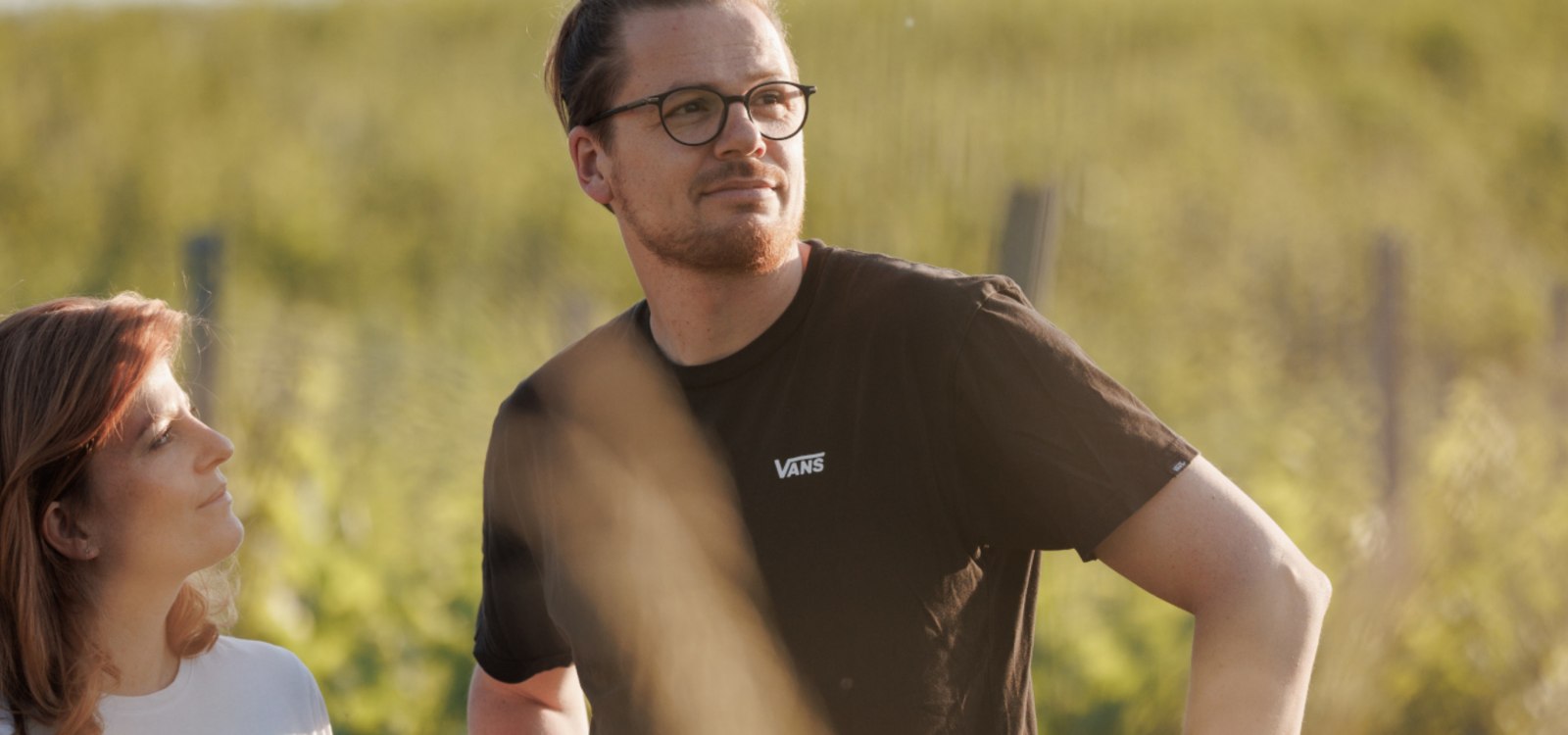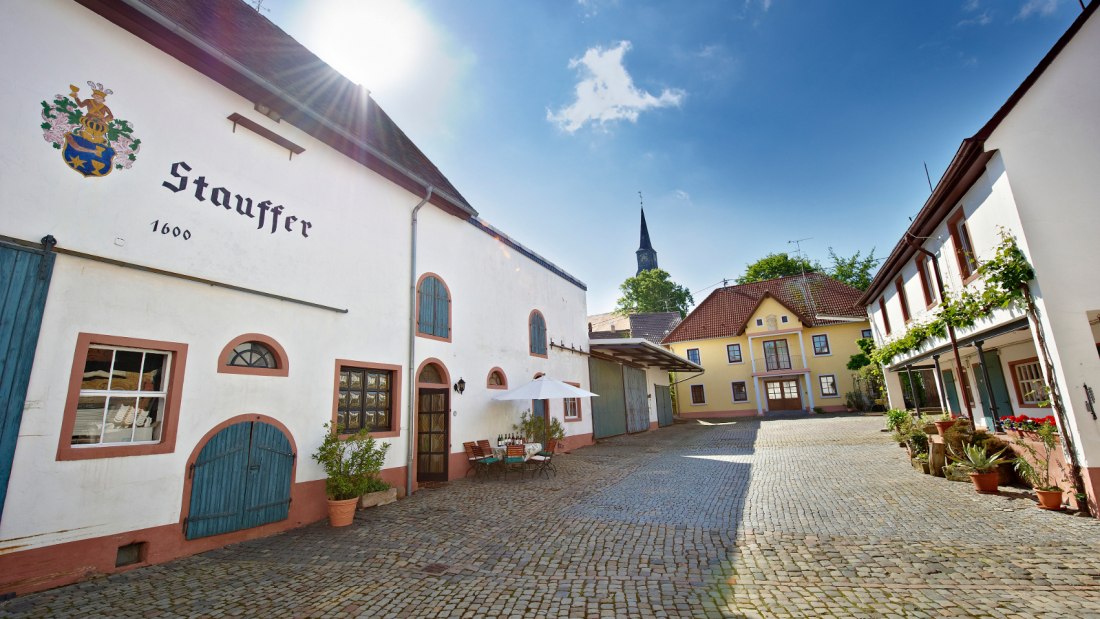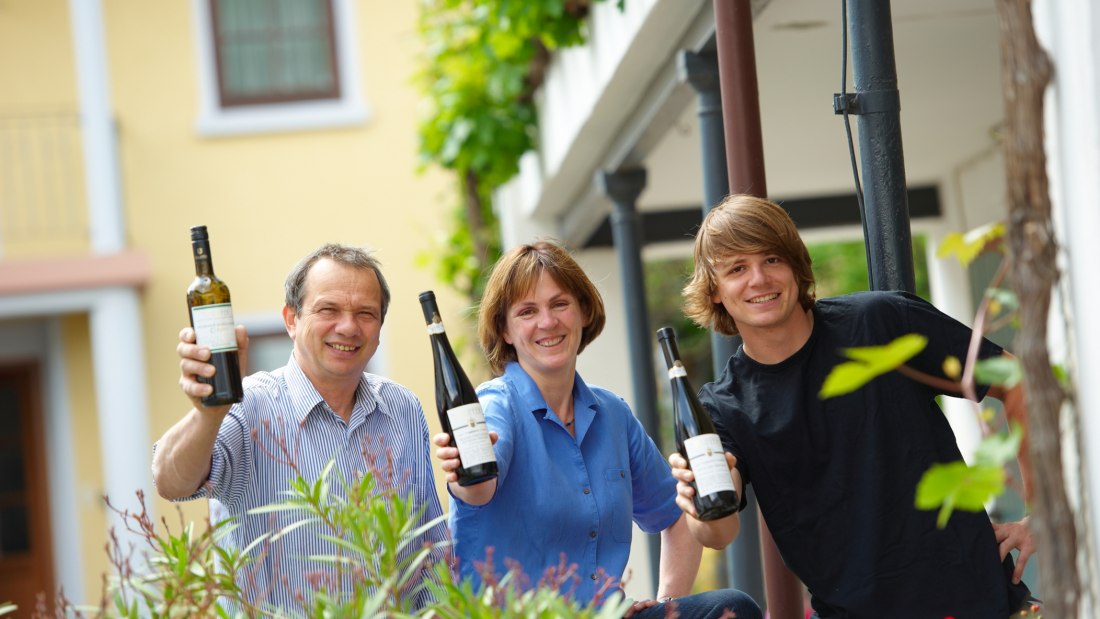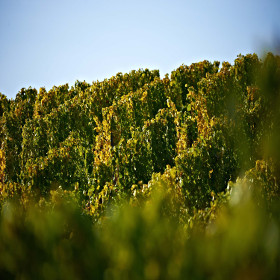Winery Stauffer
In the Stauffer winery tradition is very important. Since 1790, the winery has been family owned. Karl-Michael Stauffer and his family manage 14 hectares of vineyards in and around Flomborn. Their focus is primarily on the classic grape varieties, but they are always open to new ideas. For example, the range also includes varieties such as the international classic Chardonnay and the fungus-resistant red wine Regent. In the old farmstead of the estate, a beautiful cross vault can be found, in which the tasting room is furnished. Worth seeing is also the large cottage garden with some very old trees, dating back to 1830.











